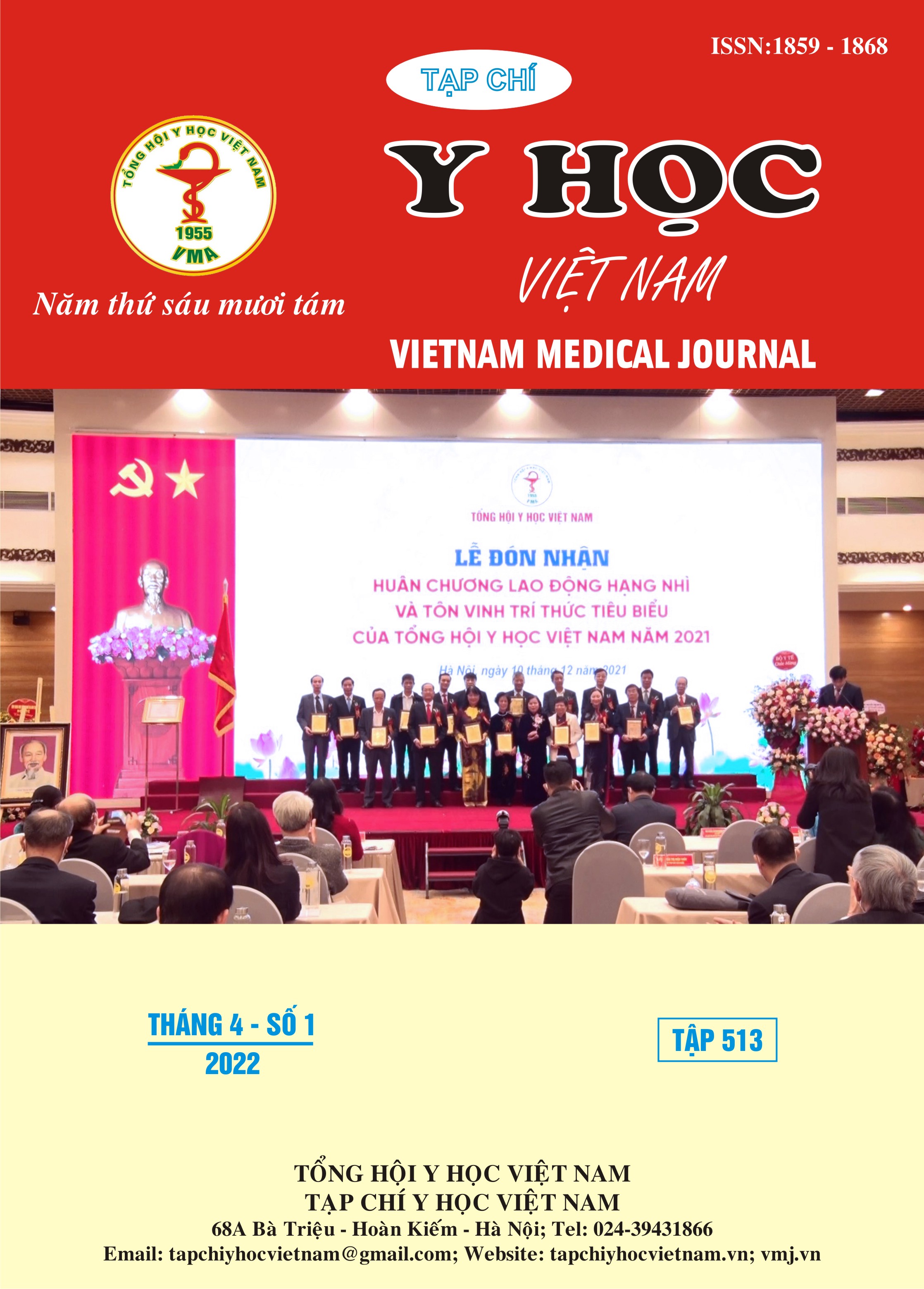CLINICAL SIGNIFICANCE OF MAGNETIC RESONANCE IMAGING OF OCULOMOTOR NERVE PALSY
Main Article Content
Abstract
Objective: To evaluate the application of magnetic resonance imaging (MRI) in the diagnosis of the neuropathy by nerve III palsy. Methods: Cross-sectional descriptive analysis was performed on 75 patients with paroxysmal cataract, beneficed une cerebral IRM with and without Gadolium. Results: 48 patients had nerve damage on MRI. Of these, 9 patients had lesion in brain sterm, 22 had lesion of the segment in the cavernous sinus, and 11 had a lesion of Cisternal segment. Inflammation and infection of nerve III were seen in 28 patients. There were 10 patients with abnormalities of the pupil, suggesting the cause of compression. 6 cases with thickening and increased signal of the III line and the appearance of infiltration. 27 patients with a history of diabetes mellitus, vascular disease, but complete magnetic resonance, with no enhance of the nerve III on MRI. Conclusions: Patients with no history of diabetes or vascular disease, only acute third nerve palsy should remainwho exhibit pure mesenteric lymphoma should still receive MRI as a baseline unless, of course, the patient with the symstomes of hemorrhage meningeal, to exclude the cause of infiltration or intracerebral lesion. Patients with a history of diabetes mellitus or vascular disease, suggest a prevalence of ischemic infiltration very common, particularly in elder patients, but should still receive conventional cerebral apoplexy if disease doesn’t improve after 3 weeks.
Article Details
References
2. Dreyfus PM, Hakim S, Adams RD (1957). Diabetic ophthalmoplegia: report of a case, with postmortem study and comments on the vascular supply of human oculomotor nerve. Arch Neurol Psychiatry 1957;77:337–349
3. Green WR, Hackett ET, Schlezinger NE. Neuro-ophthalmologic evaluation of oculomotor nerve paralysis. Arch Ophthalmol 1960;72:154 –167
4. Hopf HC, Gutmann L(1990). Diabetic 3rd nerve palsy: evidence for a mesencephalic lesion. Neurology 1990;40(7):1041–1045
5. Mark AS, Blake P, Atlas SW, Ross M, Brown D, Kolsky M. Enhancement of the cisternal segment of the third cranial nerve on Gd-MRI: clinical and pathological correlation. AJNR Am J Neuroradiol 1992;13:1463–1470
6. Richards BW, Jones FR, Younge BR (1992). Causes and prognosis in 4,278 cases of paralysis of the oculomotor, trochlear, and abducens cranial nerves. Am J Ophthalmol 1992;113:489 – 496
7. Rucker CW. Paralysis of the third, fourth and sixth cranial nerves. Am J Ophthalmol 1958; 46:787–794
8. Trobe JD (1985). Isolated pupil-sparing third nerve palsy. Ophthalmology 1985;92:58 – 61


